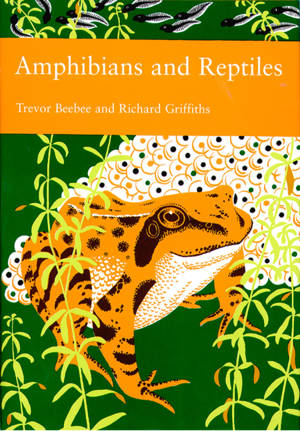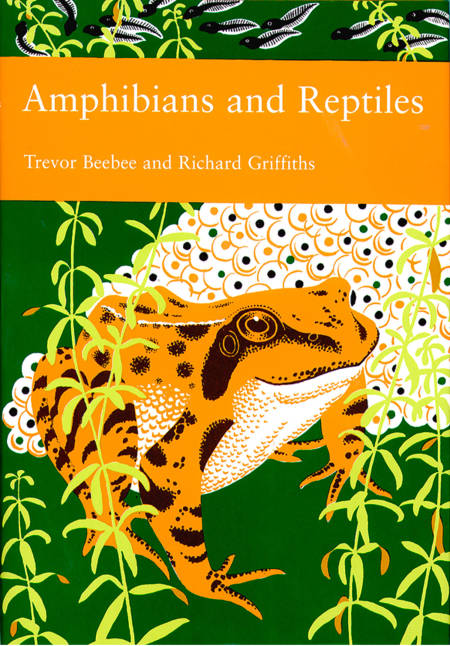
- Retrait gratuit dans votre magasin Club
- 7.000.000 titres dans notre catalogue
- Payer en toute sécurité
- Toujours un magasin près de chez vous
- Retrait gratuit dans votre magasin Club
- 7.000.0000 titres dans notre catalogue
- Payer en toute sécurité
- Toujours un magasin près de chez vous
Description
Building on the solid foundations established by the two earlier New Naturalist volumes on this subject, eminent herpetologists Trevor Beebee and Richard Griffiths have brought together a wealth of new and fascinating information on the British amphibians and reptiles.
An introductory chapter looks at the subject of biogeography and how factors such as geological history, latitude and climate affect ecology, life histories and behaviour. The authors then go on to discuss historical interest in amphibians and reptiles, from how they have featured in witchcraft and legends to modern perspectives. A third chapter covers basic biology of amphibians and reptiles, before each of the main groups – newts, frogs and toads, lizards, snakes and chelonians – are examined in further detail. A comprehensive account for each species covers behaviour, life history, reproduction and distribution, as well as ecology and conservation status, areas in which significant discoveries have been made in recent years. There is also a chapter with important new information on the burgeoning number of introduced species in Britain, such as bullfrogs, alpine newts and wall lizards.
During the last half century, amphibians and reptiles have been among the most serious casualties of the changing way of life in the British countryside. In recognition of the threats they continue to face, Beebee and Griffiths rightly dedicate a final, substantial chapter to the increasingly important issue of conservation and discuss the measures needed to be taken to ensure the future survival of the British herpetofauna.
With over 100 black and white line drawings and illustrations, and an 8-page colour section, this is an authoritative work on a subject of great natural history interest.
An introductory chapter looks at the subject of biogeography and how factors such as geological history, latitude and climate affect ecology, life histories and behaviour. The authors then go on to discuss historical interest in amphibians and reptiles, from how they have featured in witchcraft and legends to modern perspectives. A third chapter covers basic biology of amphibians and reptiles, before each of the main groups – newts, frogs and toads, lizards, snakes and chelonians – are examined in further detail. A comprehensive account for each species covers behaviour, life history, reproduction and distribution, as well as ecology and conservation status, areas in which significant discoveries have been made in recent years. There is also a chapter with important new information on the burgeoning number of introduced species in Britain, such as bullfrogs, alpine newts and wall lizards.
During the last half century, amphibians and reptiles have been among the most serious casualties of the changing way of life in the British countryside. In recognition of the threats they continue to face, Beebee and Griffiths rightly dedicate a final, substantial chapter to the increasingly important issue of conservation and discuss the measures needed to be taken to ensure the future survival of the British herpetofauna.
With over 100 black and white line drawings and illustrations, and an 8-page colour section, this is an authoritative work on a subject of great natural history interest.
Spécifications
Parties prenantes
- Auteur(s) :
- Editeur:
Contenu
- Nombre de pages :
- 272
- Langue:
- Anglais
- Collection :
Caractéristiques
- EAN:
- 9780007401352
- Date de parution :
- 13-08-14
- Format:
- Ebook
- Protection digitale:
- Adobe DRM
- Format numérique:
- ePub

Les avis
Nous publions uniquement les avis qui respectent les conditions requises. Consultez nos conditions pour les avis.






